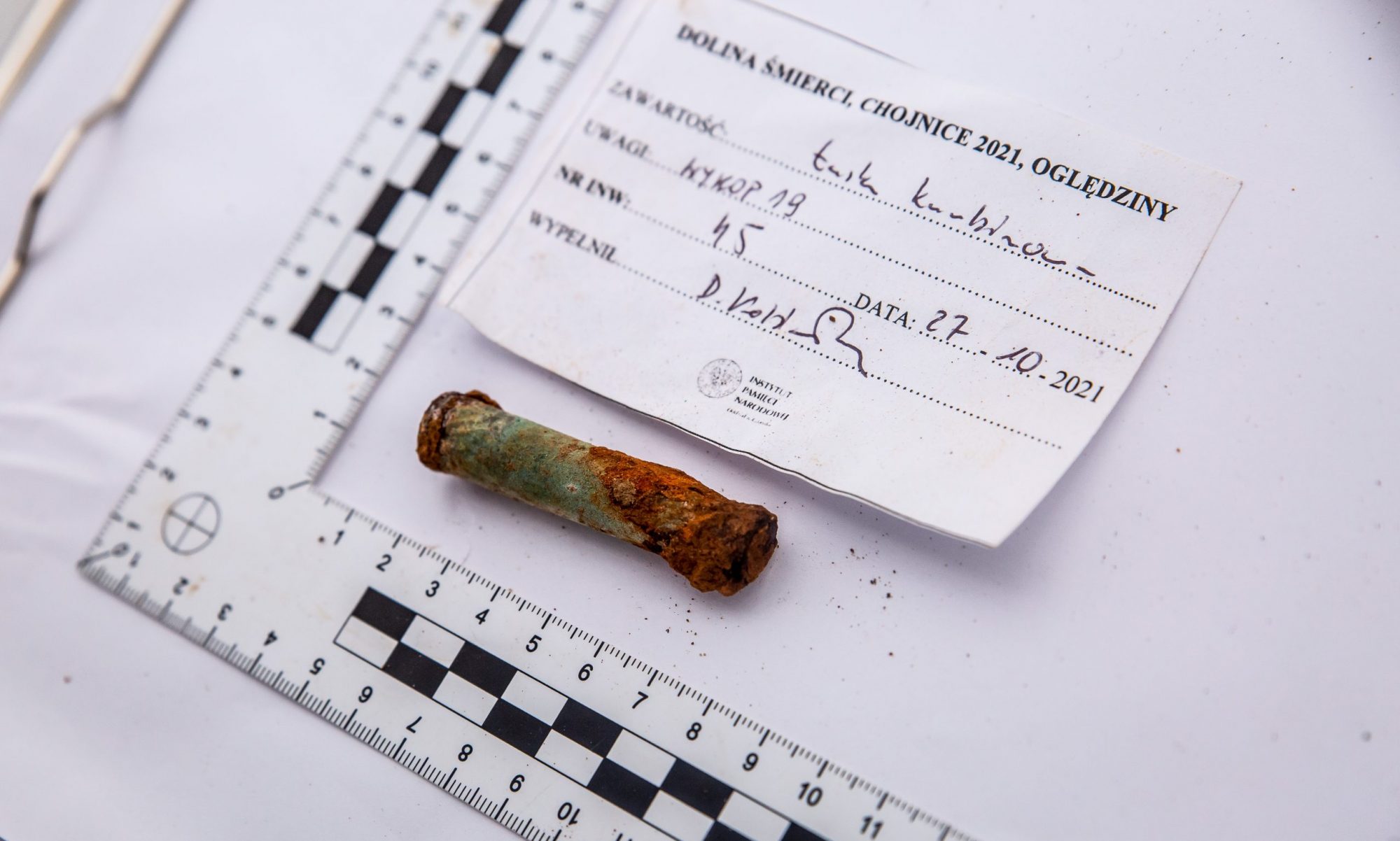The Chief Commission of the Institute of National Remembrance, Gdańsk branch has completed the first stage of the exhumation of Polish victims of mass crimes from the Second World War in the area of the so-called Death Valley in Chojnice, Poland. An unknown and unmarked mass grave of Poles, victims of mass executions of people with psychiatric disabilities murdered by the Germans in the autumn of 1939, has been revealed in the proximity of Chojnice.

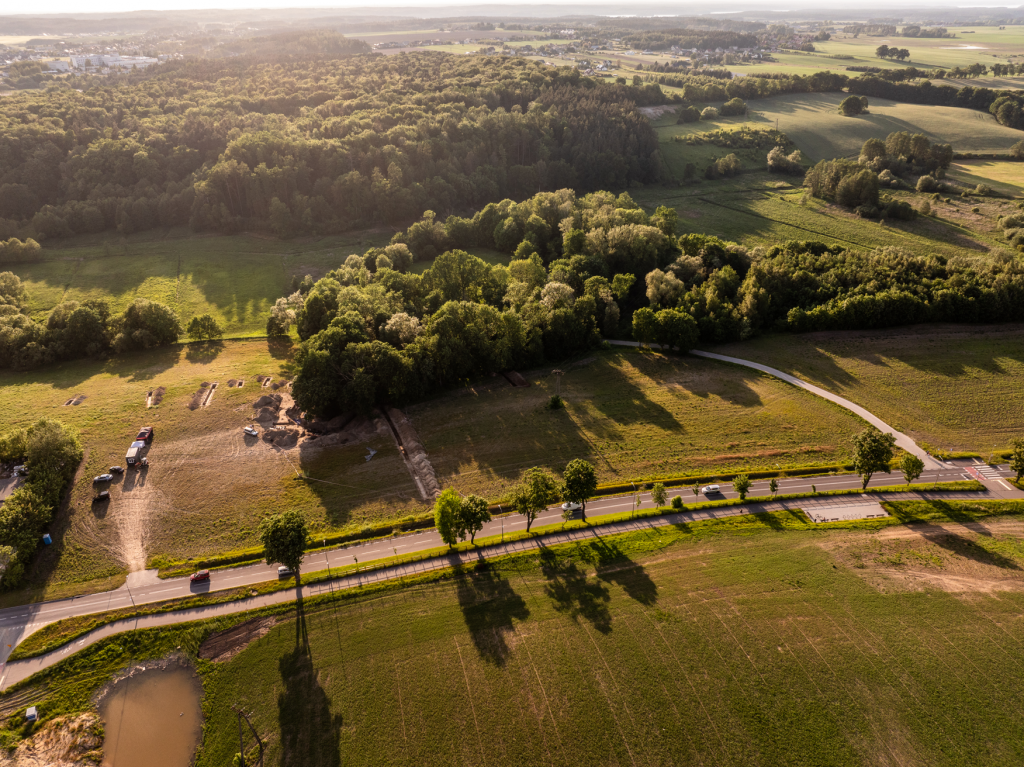
Death Valley in Chojnice is the site of mass crimes committed by the Germans during the Second World War. Since 2020, the IPN Chief Commission in Gdańsk, together with a team of experts supervised by dr Dawid Kobiałka, has been carrying out archaeological and investigative works in order to find mass graves of the victims and to clarify the circumstances of the crimes. So far, this has led to the discovery of mass graves of several hundred people and the securing of almost 5,000 pieces of material evidence of the crimes committed. The latest findings are the result of the work carried out as part of an international and interdisciplinary team of experts supervised by dr Dawid Kobiałka, who is implementing “The Archaeology of the Pomeranian Crime of 1939” scientific project financed by the National Science Centre, Poland (UMO-2021/43/D/HS3/00033).
In May 2024, in the area of Death Valley, the Prosecutor and the team of experts undertook comprehensive procedural activities aimed at finding all victims of mass murders committed in this area by functionaries of German formations in the autumn of 1939. This year’s activities were aimed at revealing and examining military trenches dug by the Polish Army in the summer of 1939. It was these field fortifications that, from approximately 20 October to the end of November 1939, were used by the Germans to carry out mass executions on the local population, and to hide the bodies.
According to archival materials several hundred Poles had lost their lives within a month. They were representatives of the local intelligentsia: the clergy, landowners, teachers, state officials (policemen, border guards, postal workers), merchants, but also farmers, etc. In the aftermath of these events, the fields where the executions took place were called Death Valley. At the end of October 1939, a section of the military trenches was also used to hide the bodies of at least 218 people with psychiatric disabilities from the Social Welfare Institution in Chojnice. Field research was supported by desk-based research, analyses of LiDAR data, historical aerial photos, geophysical prospections and metal detector surveys. The excavations covered an area of several square kilometres, in which a total of over 30 test trenches, ranging from several to several dozen meters long, up to two meters deep and several meters wide, were dug. Thanks to the modern archaeological research methodology used, two mass graves were discovered.

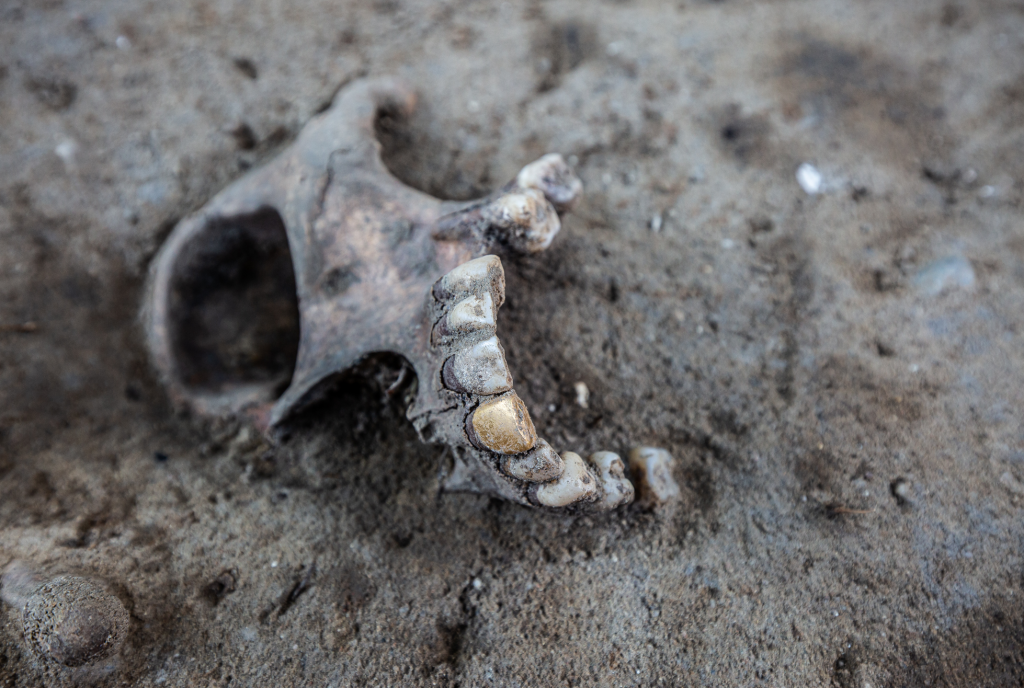
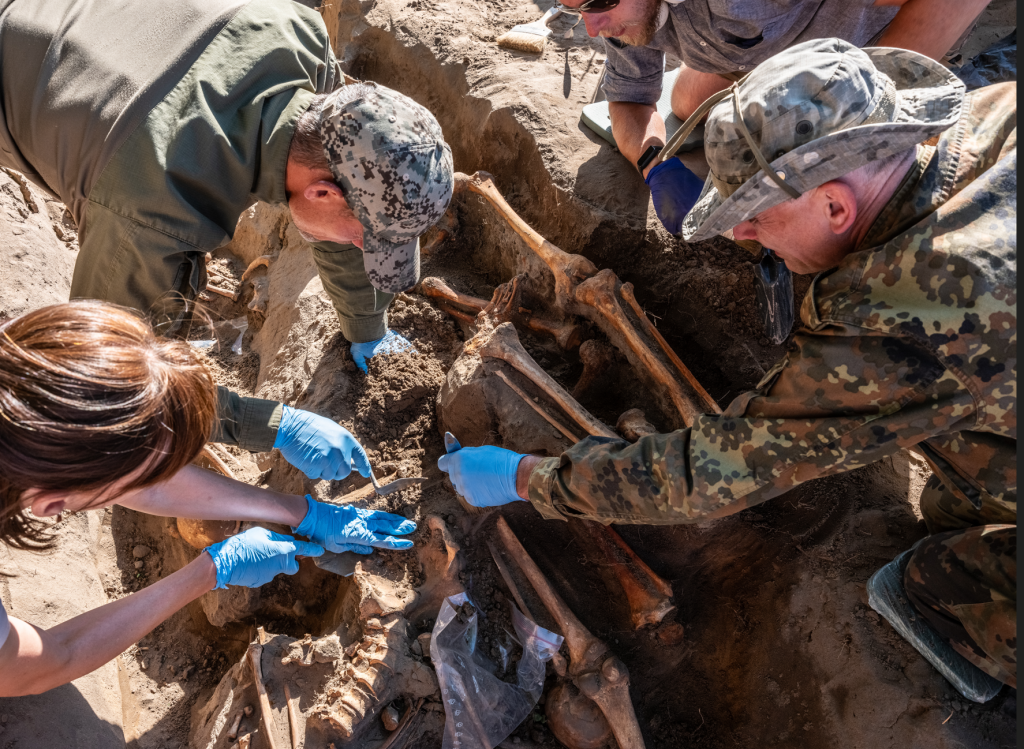
The first of them is an almost 100-meter long section of trenches in which – according to the discovered artefacts – the bodies of at least several dozen representatives of the local intelligentsia were hidden. Poles were murdered with handguns – a large collection of shell casings and bullets from German short-calibre 7.65×17 mm Browning and 9 mm Parabellum firearms were found in the mass grave and its vicinity. One Mauser rifle bullet was also found in the death pit.
The second mass grave revealed in 2024 is the place where the bodies of murdered patients from the Social Welfare Institution were hidden. Some of the witnesses testifying after the war about mass crimes committed in Chojnice and its vicinity claimed that in the autumn of 1939, the Germans had begun to transport people with psychiatric disabilities of the Social Welfare Institution to nearby fields, and to carry out mass executions. An estimated total of 218-249 people were killed, presumably all of them male. After the executions, the bodies were hidden in the trenches and then buried in order to cover up the traces of the crime.
The crimes were researched by historians as well. For example Tadeusz Kut’s work “The Land of Bydgoszcz in the Shadow of the Swastika” includes the information on the course of execution of patients of the Institution in Chojnice, which was a branch of the psychiatric hospital in Kocborowo. According to witnesses’ accounts, on which Tadeusz Kut based his work, the Germans transported 219 patients of the hospital by car to a place called “The Valley”, where they were shot to death. Before their execution, “Dantean scenes” were said to have taken place there, because “the patients were screaming, having fits, huddling in groups, pulling their hair out, and trying to escape.” According to Kut, “several hundred other people from Chojnice and the surrounding area, as well as a group of thirty Polish officers, were also shot to death there. They were killed with shots to the back of the head, and then dragged with ropes around their necks to the trenches, which the German Nazi soldiers did not cover at all. They limited themselves only to erecting a plaque at the execution site with […] an inscription that read: Hier ruhen arbeitsscheue Wesen (Here lie people afraid of work)”. Only one person, a patient named Kleinschmidt, had survived. Just before the execution he was sent to town to buy goods (later he was said to have worked as a butcher’s assistant in Chojnice). The German administrator of the Chojnice psychiatric hospital, SS-man Robert Six, personally supervised the extermination of the patients.
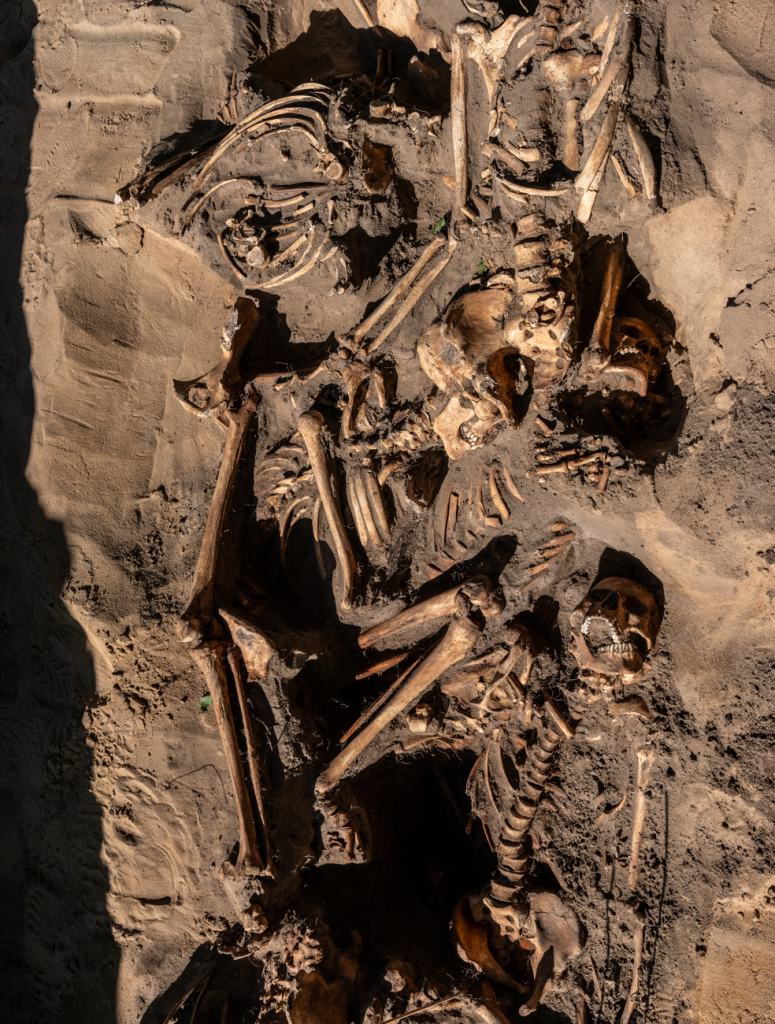
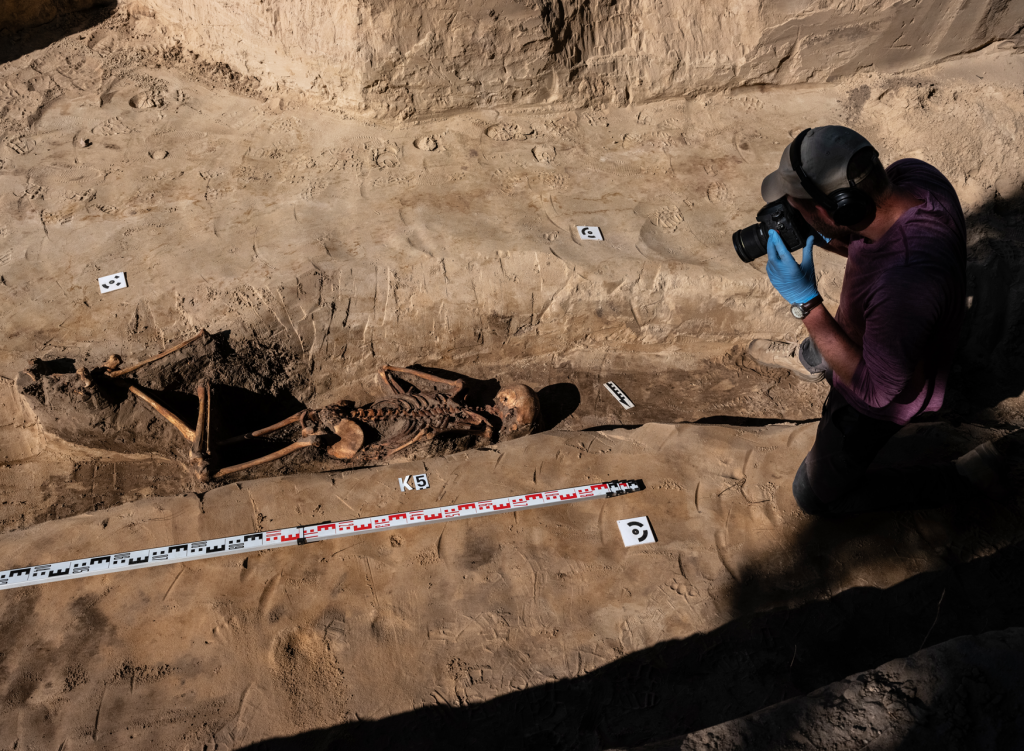
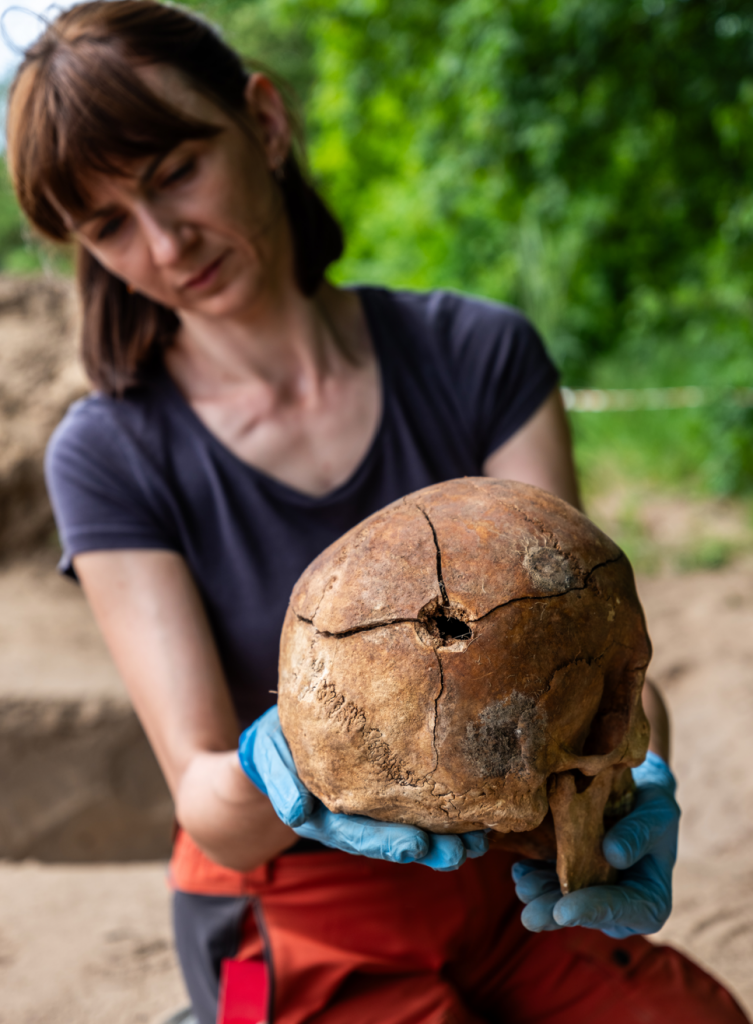
Human remains were scattered within a dozen or so meters. The Germans intentionally chose the part where the trench reached a depth of 1.5 to over 2 metres. This was the level where the remains of the victims were found. In the mass grave, the human skeletal remains of at least 80 people and the skeletons of about 50 people were recovered from the ground. The remains were mostly buried in layers, one on top of the other. Four clusters of bones without an anatomical arrangement were uncovered. The skeletal remains were placed on their backs or on their bellies, and one on the side, with varying degrees of completeness. Traces of injuries were revealed on some of the skulls and some long bones of the limbs; they are cracked, fragmented, with entry/exit holes visible on the skulls. A decision to continue exhumation works will be made in the near future.
As part of their investigation, Prosecutors of the Branch Commission for the Prosecution of Crimes against the Polish Nation in Gdańsk, plan to carry out similar activities also in several other selected places in the vicinity of Gdańsk, where mass graves of the victims of the Pomeranian crime of 1939 may be revealed.
The Institute of National Remembrance in Gdańsk asks all people whose relatives lost their lives in Chojnice and the Chojnice county at the hands of officers and collaborators of the Third German Reich to contact the IPN Branch in Gdańsk in order to share information about their relatives and possibly donate genetic material for the purposes of identification tests.



Contact: Institute of National Remembrance Branch in Gdańsk, al. Grunwaldzka 216, 80-266 Gdańsk, e-mail: komisja@ipn.gov.pl.
Prosecutor Tomasz Jankowski
Head of the Branch Commission for the Prosecution of Crimes against the Polish Nation in Gdańsk
dr Dawid Kobiałka
Institute of Archaeology
University of Łódź
Gdańsk, 29 May, 2024
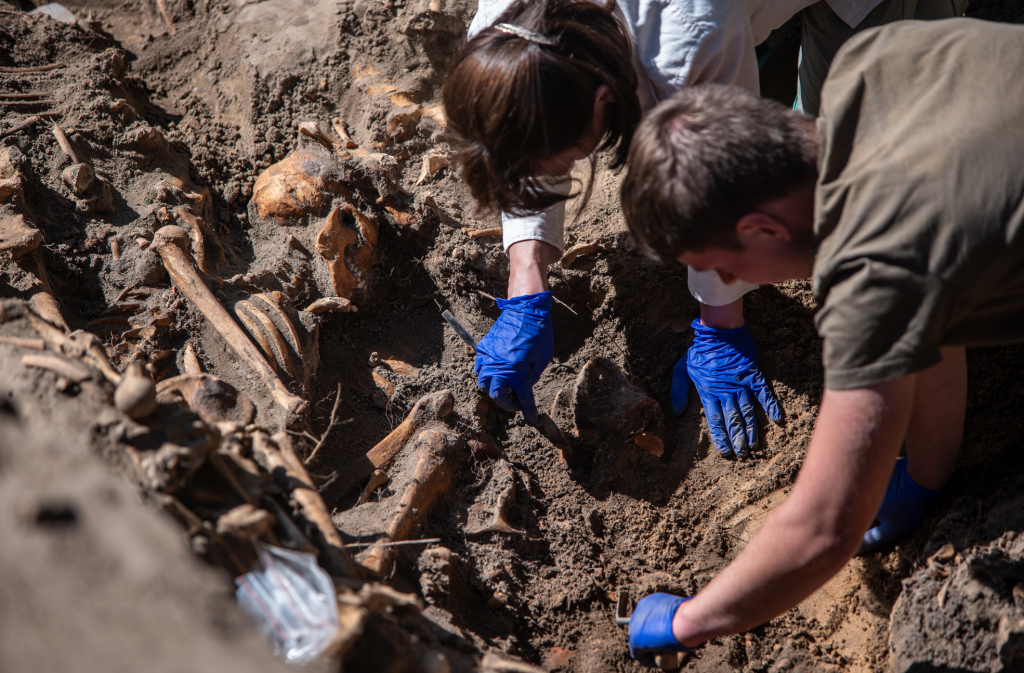
Acknowledgements
The project is funded by the National Science Centre, Poland (UMO-2021/43/D/HS3/00033).
